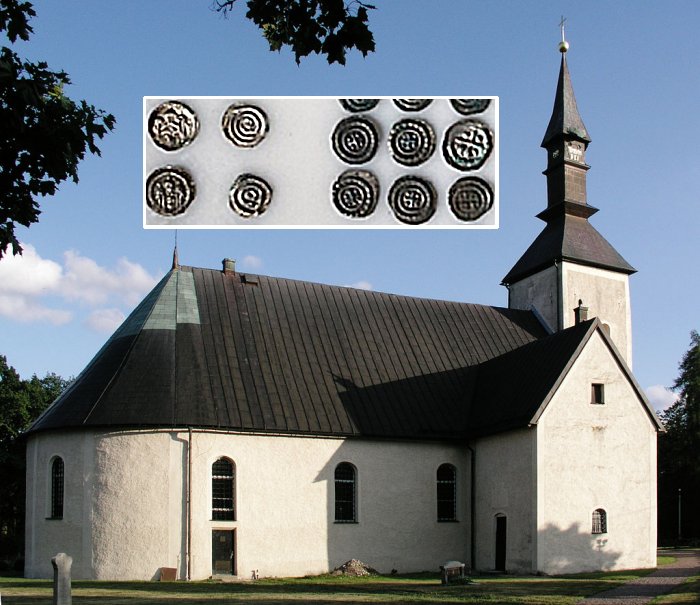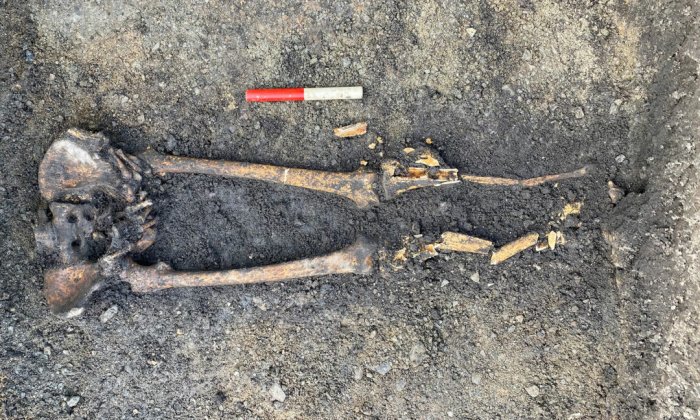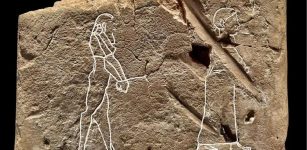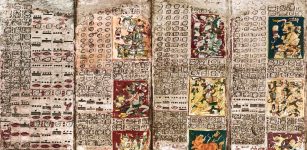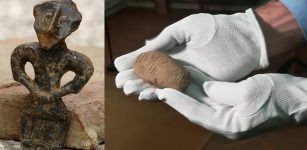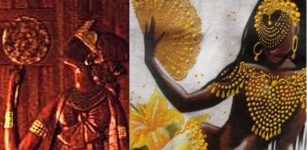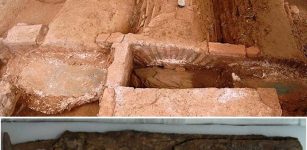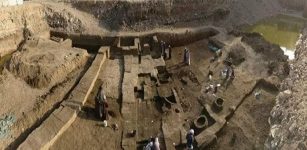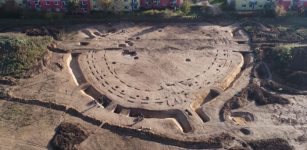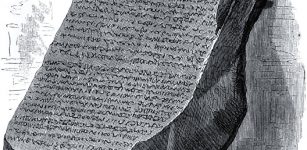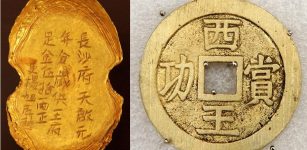Trove Of Coins Dating Back To The 1100s Found On Visingsö, Sweden
Conny Waters - AncientPages.com - A large trove of coins dating back to the formation of Sweden in the 1100s has been discovered at Brahe Church on Visingsö, the island with rich history and many treasures related to Swedish history.
Brahekyrkan, Visingsö, Sweden. Image credit: Håkan Svensson (Xauxa) - CC BY 2.5
At that time, this island was a key battleground between the Houses of Sverker and Erik - the two strongest royal dynasties. Experts believe that the coins could potentially be among the oldest ever minted in Sweden.
A bracteate (from the Latin word 'bractea') means a thin metal piece, ands refers to a slim, one-sided gold medal. This piece of jewelry was primarily manufactured in Northern Europe during the Germanic Iron Age's Migration Period, including Sweden's Vendel era. It was typically worn as an adornment.
The island revealed many findings from the Stone Age and Bronze Age. The artifats include a miniature bronze sword (perhaps amulet or lucky charm), unearthed from a Bronze Age grave.
The island's extensive pre-Roman Iron Age burial site is commonly known as the Southern Burial Ground. It contains 188 round mounds, nine tridents, six elongated mounds, and ninety-three fascinating stone circles.
At that time, this island was a key battleground between the Sverker and Erik royal dynasties. The coins recently discovered could potentially be among the oldest ever minted in Sweden.
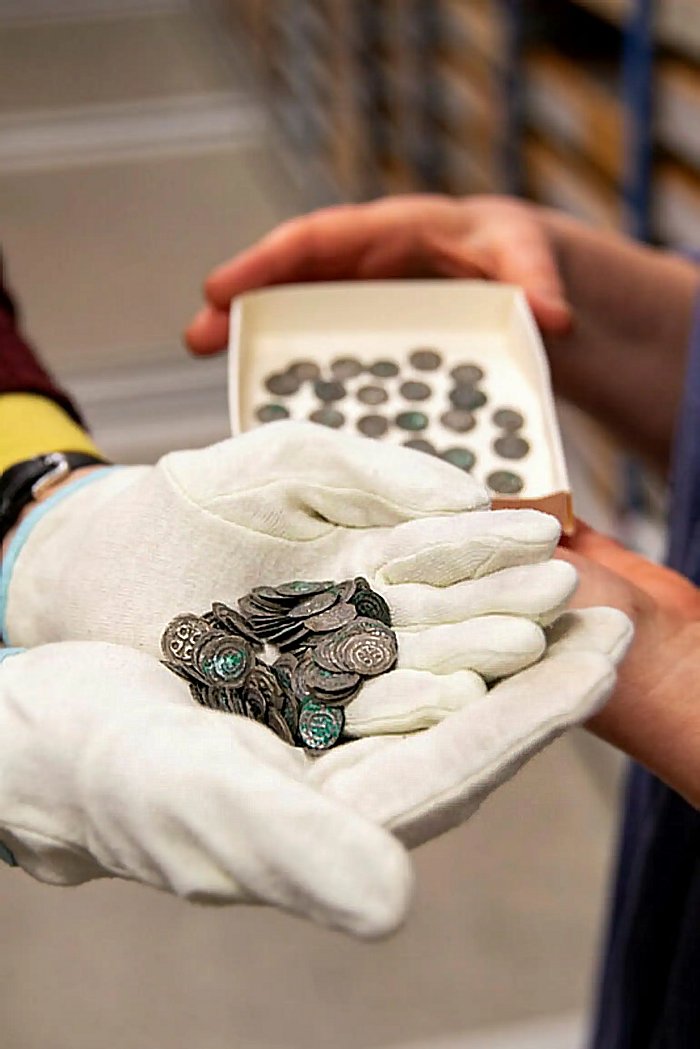
After an initial examination by an expert, the coins are believed to have been made sometime between 1150 and 1180. Photo: Jönköping Läns Museum (Jönköping County Museum.)
Approximately 170 bracteates, coins minted on one side only, have been detected in a previously unknown grave near the Brahe Church on Visingsö in Vättern, located between West and East Götaland.
Initial rough dating by experts places these silver coins tentatively between the years 1150 and 1180 – an astonishing find, according to archaeologist Anna Odeén at Jönköping County Museum. Two individuals were found lying next to each other, wrapped but without coffins.
The excavation revealed that only the lower halves of their bodies remained One of them was a man aged between 20 and 25, according to a preliminary osteological assessment. 150 coins were found at the foot end of the grave.
If the dating holds true, the trove of coins unearthed on the island of Visingsö is slightly younger than the church, which was built between 1130 and 1150 according to dendrochronological dating.
150 of the bracteals found were located at the foot of this tomb. Photo: Jönköpings läns museum (Jönköping County Museum)
Dendrochronological dating is an important technique helping studyof the rings that appear each year in tree trunks. The method enable calculating used as a way of calculating the dates of particular events. Through numismatic studies, on the other hand, experts can pinpoint the age and origin of these coins.
If the dating is confirmed, these would be the oldest known coins discovered in Götaland.
The coins - if they are indeed Swedish - would be some of the oldest ever found in Sweden. The only older ones we know of were minted in Sigtuna, which is one of Sweden's oldest towns and once the center of the formation of the medieval Svea kingdom at the end of the Viking Age. The Sigtuna coins were only minted for a brief period around the year 1000. Following that era, Sweden relied solely on imported coins for roughly 150 years.
Karl Sverkersson - also known as Charles VII of Sweden (c. 1130 – 12 April 1167) - was ruler of Götaland, and then King of Sweden from c. 1161 to 1167, when he was assassinated in a military attack by Knut Eriksson who succeeded him as Canute I.<
Knut Eriksson resumed Swedish coinage, most recently in the 1180s.
The researchers say that some of the bracteates in the tomb exhibit a unique design, suggesting they could be either Danish or Swedish. These were likely minted following the Danish model.
The bracteates found on Visingsö are dated between the 1150s and 1180s. Image: Jönköping Läns Museum
The 12th century marked a significant turning point in Sweden's unification process. It was during this period that churches were erected, parishes established, and central authority began to emerge amidst the power struggle among noble families residing around Lake Vättern. Näs Castle, strategically situated on an island, served as the royal stronghold until at least the mid-1200s.
The Bjälbo dynasty from Östergötland, under Birger Jarl's leadership, eventually consolidated royal power for several generations.
According to Anna Odeén the period of power transition is reflected in the church timber.
The wood used in the tower construction originated from the east side of Lake Vättern. Interestingly, around that period, Kumlaby church was erected not too far north, using timber from the lake's west side. Later on, during the 1200s building expansions, timber from Östergötland was used, as analyses showed.
See also: More Archaeology News
The team also uncovered around twenty additional graves outside the cemetery. These graves, interestingly, include children and might be linked to an earlier wooden church.
However, the researchers can't rule out the possibility that these graves are more recent—future analysis of the remains will shed light on this. The site on Visingsö was significant long before the kingdom was established and royal families started their power struggles.
Written by Conny Waters - AncientPages.com Staff Writer

